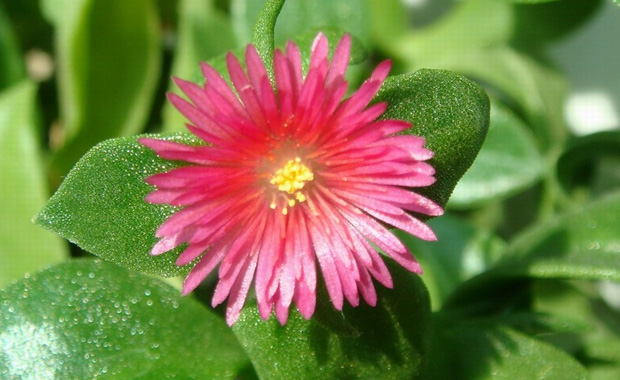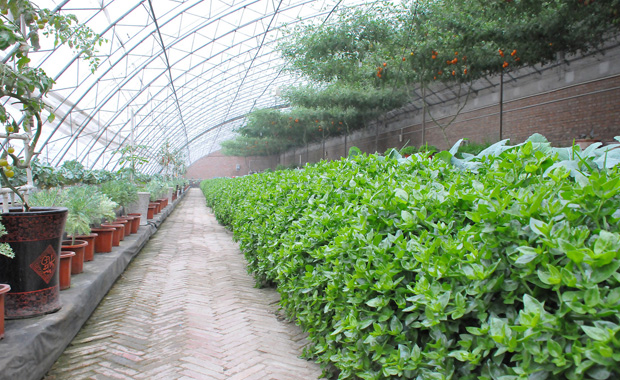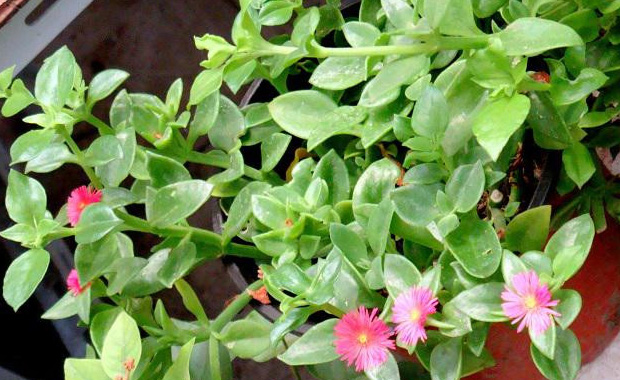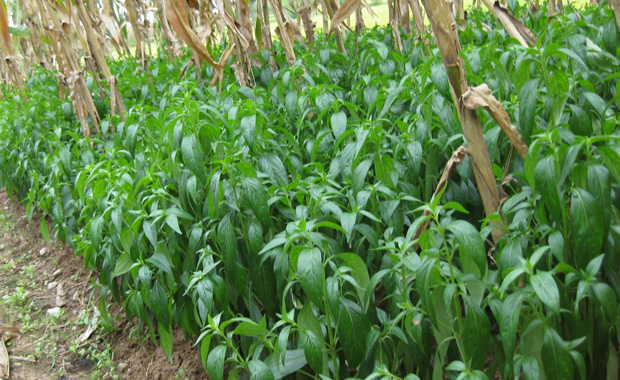Andrographis paniculata is a crop that is especially suitable for planting in the open fields of the south and greenhouse cultivation in the north. It is ideal for warm and humid climates, and arid climate is not suitable for the growth of the plant. For this reason, it is why Andrographis is particularly suitable for planting in the southern region. In addition, the efficacy and function of Andrographis paniculata have a great relationship with the environment in which it grows.

Andrographis paniculata is most suitable for temperatures of 25 to 30 ° C and high humidity, and should have good ventilation conditions. The seedling stage is particularly afraid of high temperature, more than 35 ° C, sun exposure, burning seedlings, so seedling period should pay attention to shading, reduce soil temperature. The seedbed is ventilated, the optimum temperature for plant growth is 25-30 °C, and there are enough water plants to grow rapidly at around 27 °C. The foliage is luxuriant. When the temperature drops by 15-20 °C, the growth is slow. If the water is too much, it is easy to rotten roots, causing a large area. Death phenomenon. You must do the insulation work before the frost. Plants withered below 0 °C. The finished seedlings are hi-light, hi-fer, in the growing season, more nitrogen fertilizer, with watering and drainage is the key to high yield.
The nutritional value of Andrographis paniculata
Andrographis paniculata has heat and detoxification, cooling blood and swelling. Treatment of acute bacillary dysentery, gastroenteritis, cold, bronchitis, pneumonia, whooping cough, tuberculosis, lung abscess, cholecystitis, high blood pressure, oropharyngeal swelling, sore swollen, water and fire burns.

Andrographis dietary taboo
1, Andrographis paniculata is a cool plant, should not be served more than a long time; spleen and stomach deficiency is not suitable for consumption.
2, adverse reactions: Andrographis paniculata and its various preparations orally can cause gastrointestinal discomfort and loss of appetite. It has been reported that Andrographis paniculata and Andrographis paniculata injection can cause drug eruption, upper abdominal pain, anaphylactic shock, and severe death. Clinical medication should pay attention to the dosage, and adverse reactions should be given when symptomatic treatment is given in time.
Andrographis paniculata has great benefits for the human body, but here is a reminder that not all patients are suitable for taking this substance, so in order to understand the efficacy and function of andrographis paniculata, it is necessary to understand the use of andrographis to avoid full use. The value of Andrographis.

Andrographis potted planting method
Earth selection: You can use ordinary garden soil or grass carbon soil. Add fully fermented organic fertilizer and a certain proportion of perlite, vermiculite and carbendazim to mix and equip.
Optional basin: optional ordinary porcelain basin, plastic bottle, foam box, tub.
Transplanting: Because the growth of Andrographis paniculata is too fast and has uncertainty, it is advisable to plant 8-12 strains per pot.

Andrographis breeding
1. Seed reproduction: mainly based on seedling transplanting. When the fruit is brown in September-October, pick it in batches before the morning dew is dry, put it in the shade for a few days, cover it with a sand window cover to avoid the loss of seed bounce, wait until the pod is completely cracked, sieve Go to the peel and get the seeds. The seeds of Andrographis paniculata are small, 1000-grain weight 0.9-1.5g, the seed coat is hard, and there is a layer of enamel outsourcing, which requires higher seeding technology. The soil of the seedbed bed is fertile and loose, and the seedlings are flat and fine. The seeds should be soaked with fine sandpaper before seeding and then soaked with warm water, then placed in a 30 °C incubator for germination, and then planted, spring March to early April. In the autumn, it is planted in the sorghum seedbed in July.
2, cuttings: choose a more robust main stem scissors 5-10 cm to retain 2-4 pieces of cotyledons. Note that cutting seedlings are not suitable for flood irrigation, and should be sprayed or drip-based to reduce the environment for bacterial growth to increase the survival rate of cuttings.
Maintenance management
Mainly watering in time to facilitate the seedlings to build new roots, and then topdressing once every 7 days, watering 3-4 days. Topdressing is mainly based on nitrogen fertilizer. Especially in the three months of June, July and August, field management is particularly important. It is necessary to apply more nitrogen fertilizer and watering frequently.
Pest Control
The disease has blight, and 1-2 pairs of true leaf stage occur, which can reduce soil moisture and treat the soil with 50% carbendazim. Occurrence occurs when there are 4-6 true leaves, which can control temperature, pay attention to ventilation, and strengthen seedbed management. Black stem disease occurs in the adult stage, which can strengthen field management and timely eliminate water in the basin. In the onset period, spray or water the ward with 50% carbendazim 1000 times solution. There are also epidemic diseases, sick periods with 50% carbendazim 1000 times liquid spray or shallow irrigation area. There are also diseases such as epidemics and viral diseases.
Stainless Steel Chafing Dish,Chafing Dish Buffet Set Costco,Round Stainless Steel Chafing Dish,Stainless Steel Chafing Dish With Roll Top Lid
Jiangmen Junerte Stainless Steel Kitchenware Co.,Ltd , https://www.junertejm.com